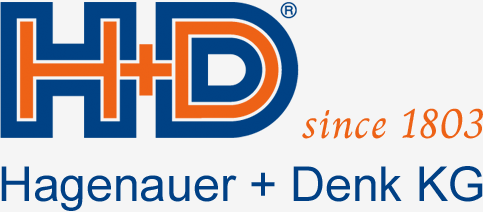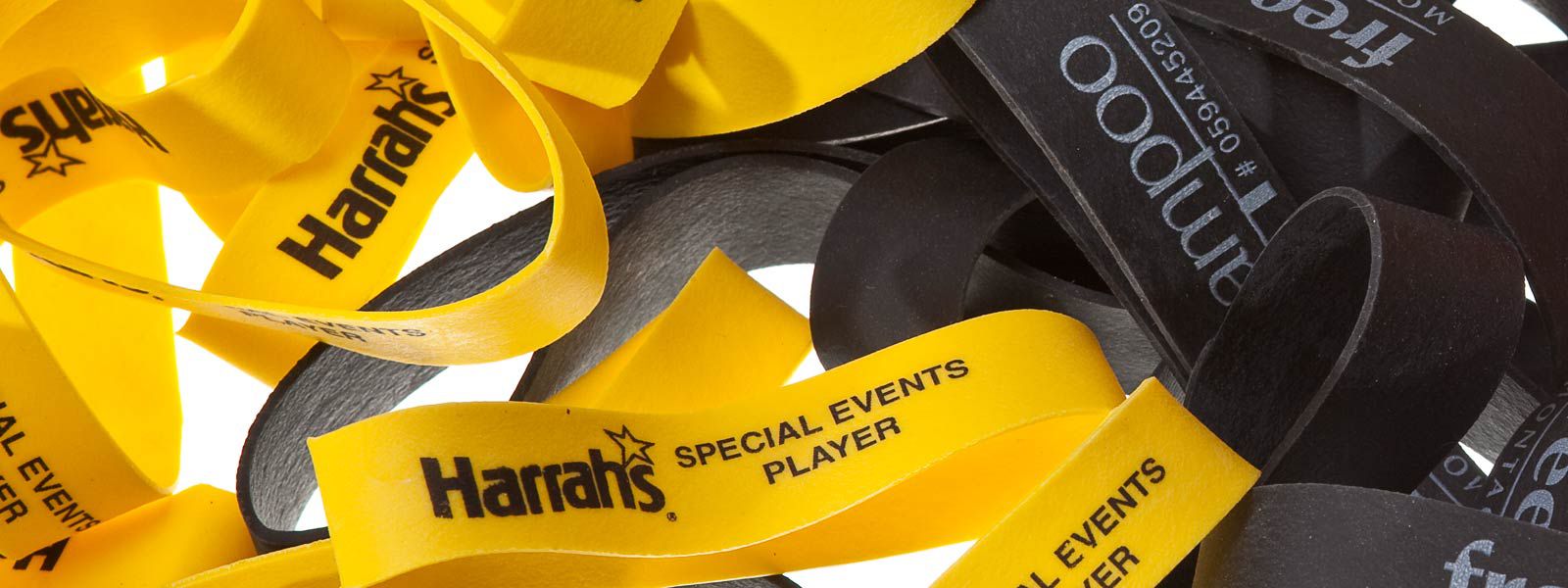
The World of Rubber Bands
Hagenauer+Denk has been manufacturing customised rubber rings from natural rubber and synthetic rubber at its headquarters in Immenstadt for decades. We competently fulfil requests for rubber rings with special technical properties from the industrial, packaging, advertising, medical technology and pharmaceutical sectors. Our standard range includes latex-free and food-safe rubber rings as well as rubber rings with UV protection or customised printing.
We know how to provide uncomplicated answers to our customers' different needs for technical rubber. With our modern production facilities, we supply customised rubber rings with the properties you require in various colours, diameters and cutting widths to order and within a short space of time.
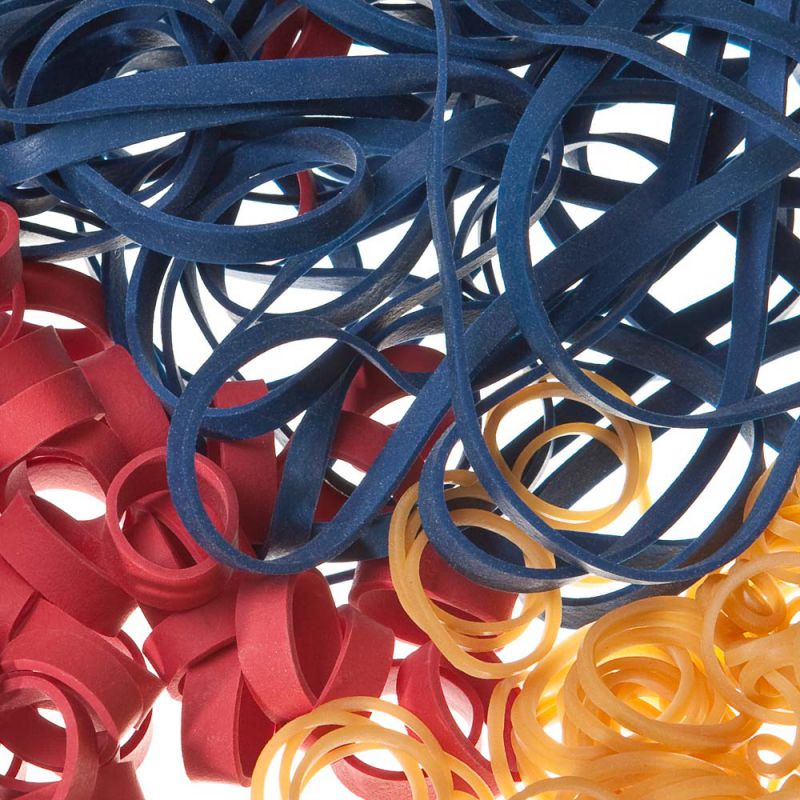
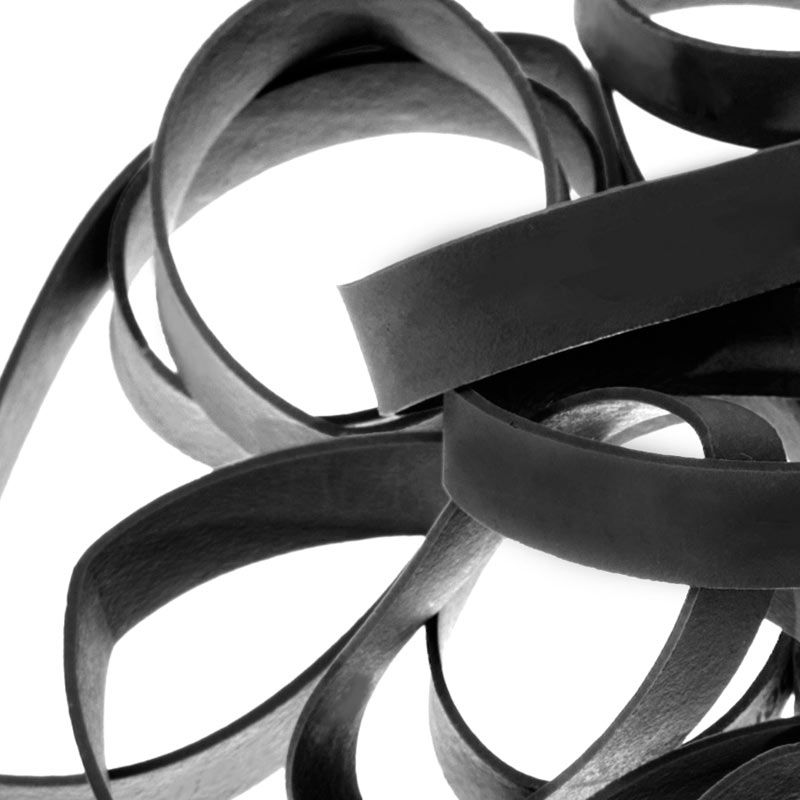

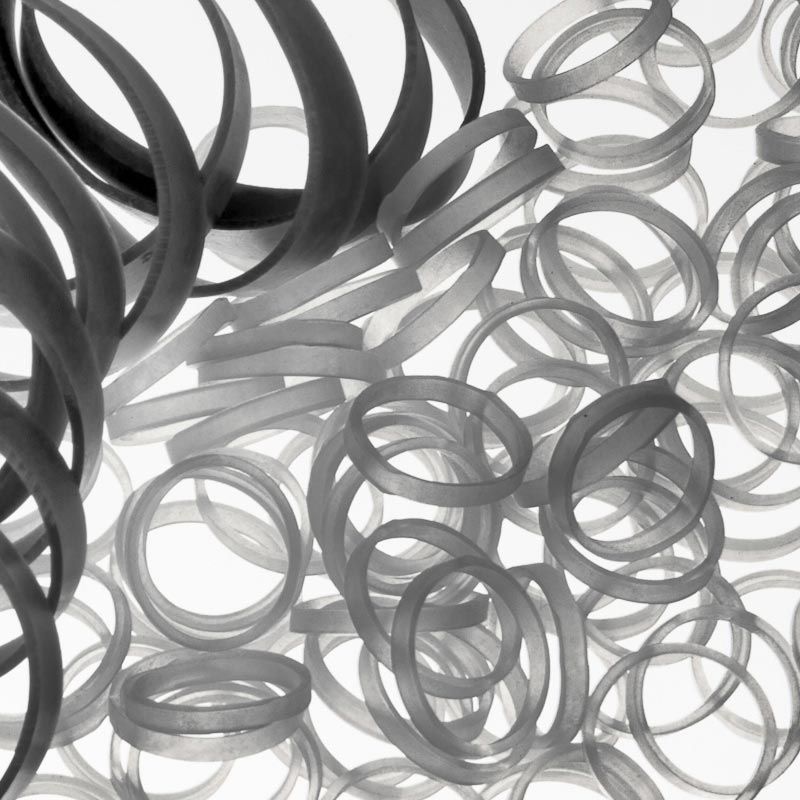

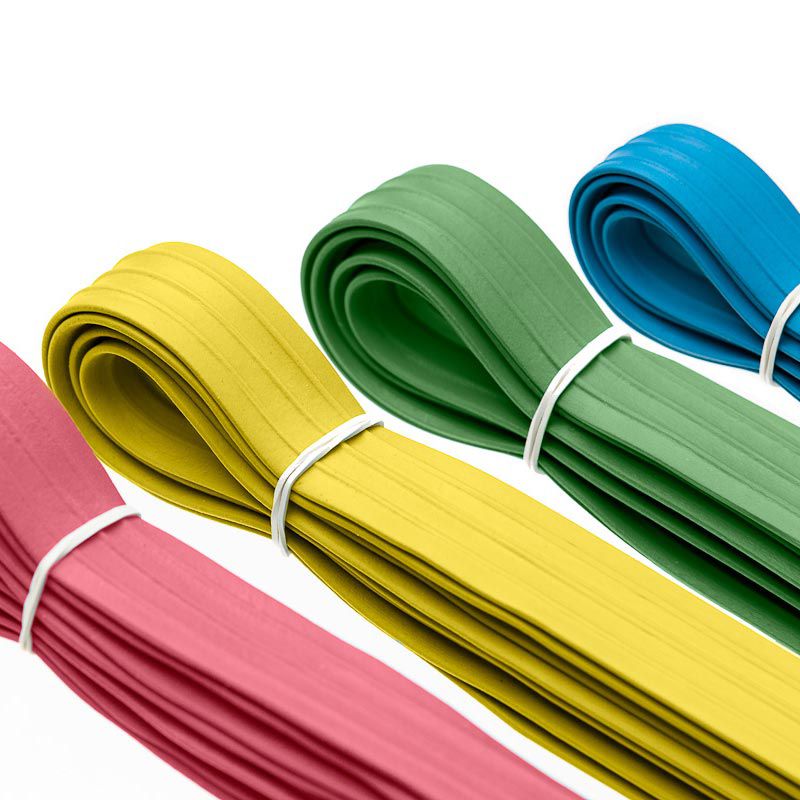
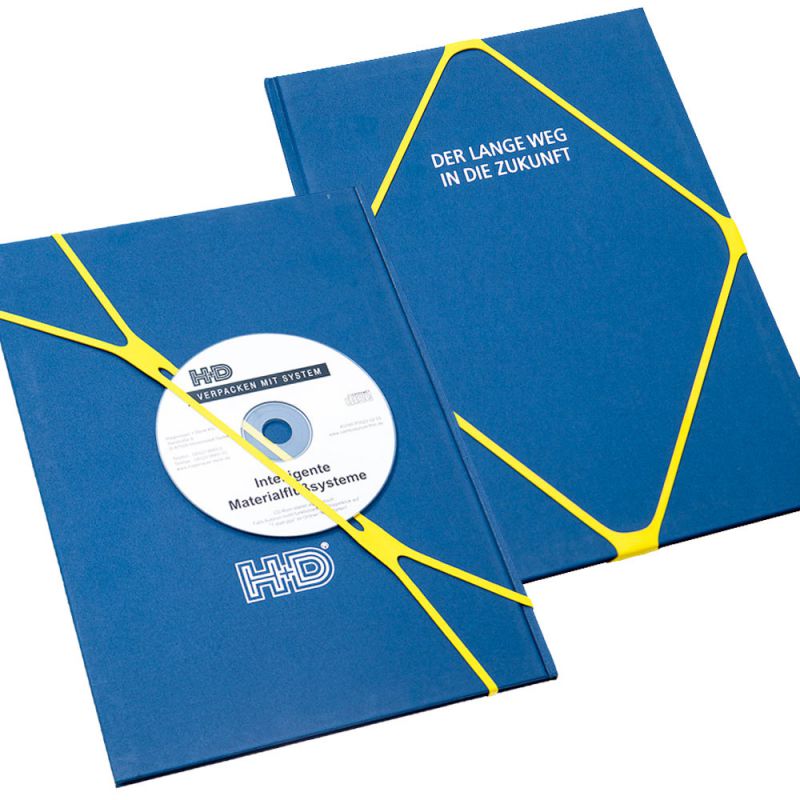

Why Make Rubber Bands Sense?
Sebastian Gropper





